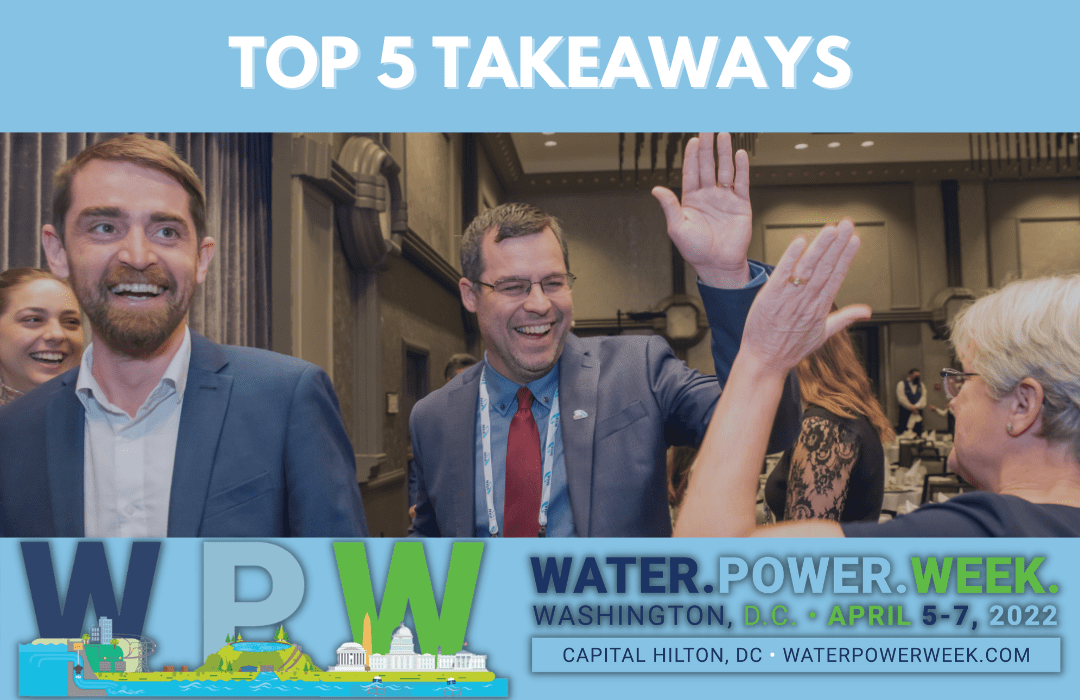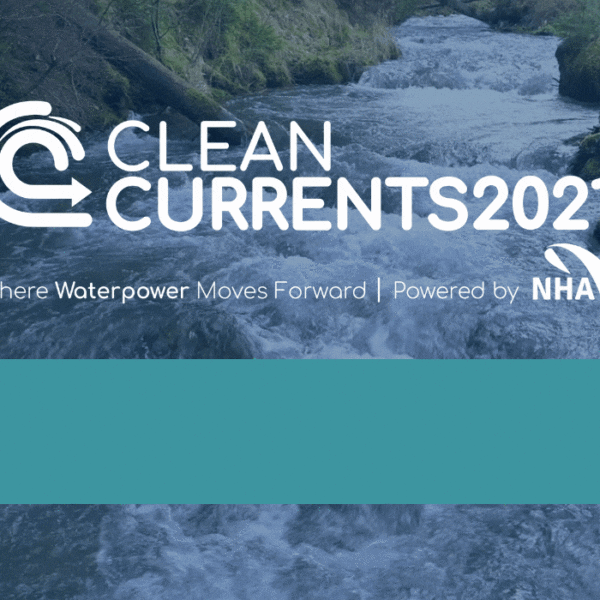Last week’s Waterpower Week in Washington 2022 swelled at the seams with information. Over the course of three days, hydro project owners and developers, service and product suppliers, Congressional policymakers, government agency officials, non-government organizations (NGOs), Tribes, and other stakeholders descended on Washington D.C. for intensive sessions covering all aspects of waterpower’s role in the clean energy future. With days filled to the brim, the attendees had a wealth of content to choose from.
The National Hydropower Association (NHA), owner and organizer of the national policy conference, offers these observations and trends emerging from last week’s gathering.
TAKEAWAY #1: MOMENTUM TO REFORM FEDERAL HYDROPOWER LICENSING PROCESS
The Federal Power Act is a remarkable law, but it requires updating.
With the electricity sector and energy technologies undergoing expedited evolution, the Federal Power Act must also change in order to account for innovation while both ensuring value to consumers and security to the United States’ energy infrastructure.
With stakeholders having a variety of needs, significant reform can only happen with all groups (project owners, tribes, conservation community) coming together to forge a path that allows for mutually beneficial relationships.
Collaborative efforts have been ongoing. On April 4th, conservation organizations, hydropower industry groups, and Tribes sent a package to Congress and the White House to improve hydropower licensing, relicensing, and license surrender process. The package proposed amendments to the Federal Power Act to enhance cooperation, improve clarity, restore autonomy and self-determination for Tribal Nations, and retain states’ decision-making authority. In doing so, the package would help address climate change, better protect the health of the nation’s rivers, and provide Tribes long-sought authority over their lands and waters.
During Waterpower Week, chairman of the Federal Energy Regulatory Commission (FERC) Richard Glick acknowledged the need for reforms to the Federal Power Act, saying: “Through legislation, we have developed a process to address original licensing. A lot of fundamental issues with hydropower re-licensing need to be addressed on a broader scale. Now the great news is the uncommon dialogue – the fact that we got tribes, industry, and others to sit around a table and hammer things out is astounding to me. We are trying to expedite the timetable for the licensing process.”
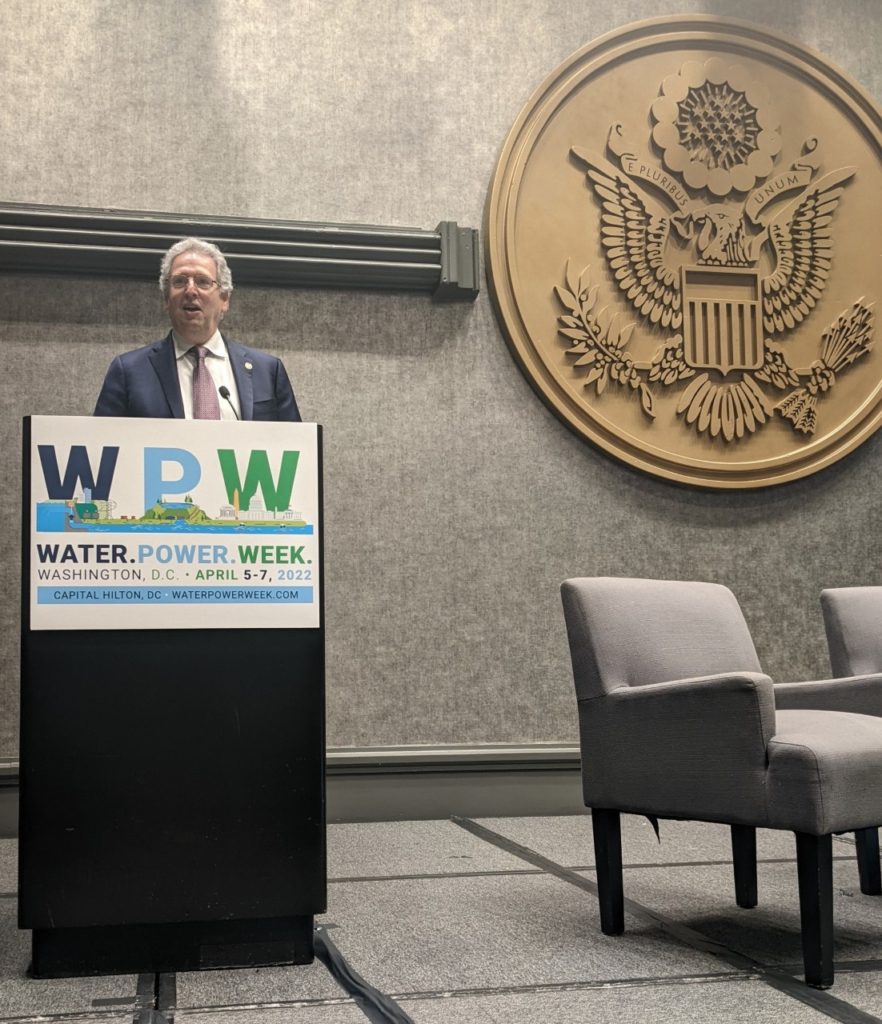
TAKEAWAY #2: MORE PUMPED STORAGE HYDRO IS CRITICAL TO ACHIEVE ‘NET ZERO’
The transition to “net zero” doesn’t require new technology. The tools to do this important work exist now. Variable renewable energy supported by storage –pumped storage, batteries, and green hydrogen – can lead the world to a zero-emission energy reality.
While new technologies will emerge, many at the conference said the single most important priority should be the planning and construction of Long Duration Electricity Storage (LDES) in the form of pumped storage hydro.
To support this, the International Energy Agency (IEA) recently forecasted that pumped storage will provide 42% of global expansion of electricity storage, of all durations, with at least 40 GW in the next five years, reaching a total of 200 GW by 2026. The International Renewable Energy Agency (IRENA) forecasts that by 2050 the world will have tripled today’s pumped storage of 160 GW to 420 GW.
During Waterpower Week, Malcolm Turnbull, the former prime minister of Australia, identified critical steps the world must take in order to achieve our shared energy goals, saying: “We have the renewables to generate unlimited power, but it is intermittent. To make it more reliable we need long duration storage and the best solution to that end is pumped storage.”
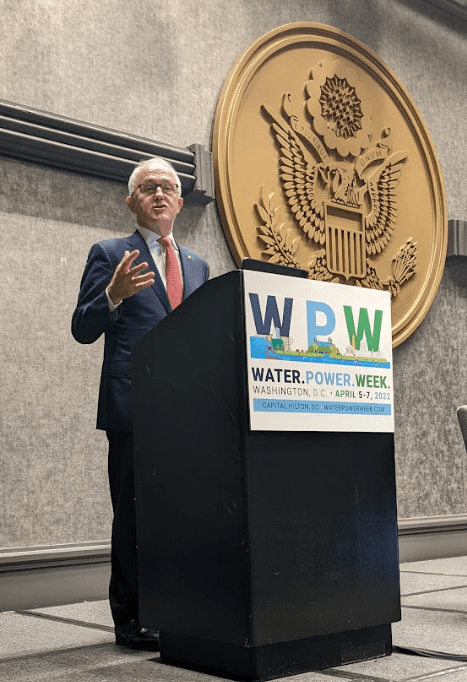
TAKEAWAY #3: MARINE ENERGY SECTOR IS CHARGING TOWARD COMMERCIALIZATION
Throughout the week, the progress that marine energy technologies are making toward commercialization was showcased, as well as the sector’s ability to contribute to clean energy goals.
The U.S. Department of Energy’s Water Power Technologies Office highlighted recent initiatives and achievements across its marine energy program, which include TEAMER, the Waves to Water challenge, and PacWave.
Orbital Marine Power’s Oliver Wragg demonstrated the impact that large-scale government investment has on technology. With Europe’s support, the company has launched a vertically integrated original equipment manufacturer (OEM) and project developer model to capture maximum value of its O2 tidal device. Now, heading toward building its global pipeline of commercial projects, Orbital’s achievements exemplify the impact large-scale funding, such as subsidies provided to solar and wind in the U.S., can have on emerging technologies.
Ocean Renewable Power Company’s (ORPC) executives John Ferland and Stuart Davies spoke to U.S. companies’ readiness for similar grow-to-scale with public finance support that will bring marine renewable energy solutions, as well as jobs, to domestic markets, including the export of American-made technologies globally.
Clean energy financing platforms are also taking interest in renewable technologies; Musa Collidge-Asad of Inclusive Prosperity Capital and Gabrielle A. Piasio of BankProv spoke to both the innovative finance options arising and requirements to access green bank and private capital financing. With Verdant’s wildly successful demonstration in 2021; ORPC’s river current deployments in the remote village of Igiugig, Alaska; CalWave’s deployment in the second half of 2021; and the nearing C-Power and Oscilla Power deployments at WETS this year, it is an exciting time for marine energy technologies.
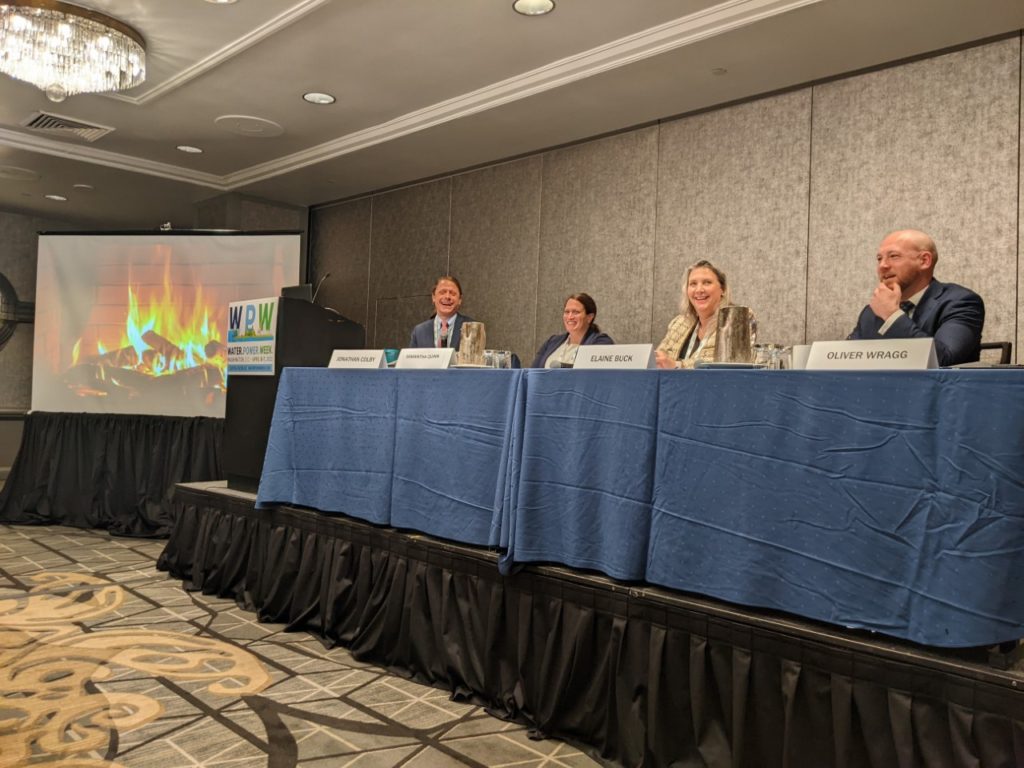
TAKEAWAY #4: INERTIA … WHY IT MATTERS AND WHAT HYDRO CAN DO ABOUT IT
While Waterpower Week is a policy conference, one technical term kept coming up: inertia.
According to a National Renewable Energy Laboratory report, inertia in power systems “refers to the energy stored in large rotating generators and some industrial motors, which gives them the tendency to remain rotating. This stored energy can be particularly valuable when a large power plant fails, as it can temporarily make up for the power lost from the failed generator. This temporary response—which is typically available for a few seconds—allows the mechanical systems that control most power plants time to detect and respond to the failure.”
Traditionally, in the U.S. power system, inertia – or stored energy – has been provided primarily by steam and gas turbines (powered by fossil fuels) driving rotating generators.
However, as those traditional sources of electricity are being replaced with increasing penetrations of inverter-based resources—e.g., wind, solar photovoltaics, and battery storage—that do not inherently provide inertia, questions are emerging about the need for inertia and its role in the future grid.
Hydropower is the one renewable energy source that offers inertia from synchronous generators — critical for stabilizing a grid fed by renewables. When the demand for power spikes, then the frequency of the grid decreases, and without enough reactive power, transmission capacity is reduced, voltage drops, and blackouts occur.
The presence of rotating masses on the grid allows for absorption, which also slows the rate of change. By encouraging a diverse portfolio of renewables supported by the inertia of hydropower, energy grids can remain reliable while supporting various sources of renewable energy.
TAKEAWAY #5: A CALL TO VALUE FLEXIBILITY IN WHOLESALE ELECTRICITY MARKETS
Wholesale electricity markets need to evolve to value flexibility … that was the sentiment from FERC Chairman Richard Glick, who spoke to Waterpower Week attendees about the role of competitive markets in the clean energy transition.
How these markets should evolve is less clear, but a group of market experts provided a few solutions:
- Not all capacity is created equal. Some resources provide higher resource adequacy values than others, which stresses the need to value resources accordingly. An effective load carrying capability (ELCC) is one approach that could more accurately value resources, especially those which have diminishing value the more you add them to the system, such as wind, solar and 4-hour batteries.
- There is a need for more ancillary services to cover a growing number of contingencies, which includes operating reserves – something that hydropower provides a lot of – and there needs to be reassessment about how markets price these reserves in times of grid emergencies.
REVIEWING THE FULL 2022 CONFERENCE PROGRAM AND SPEAKERS
For a full review of the Waterpower Week in Washington 2022 conference program and speaker lineup, visit the event website.



